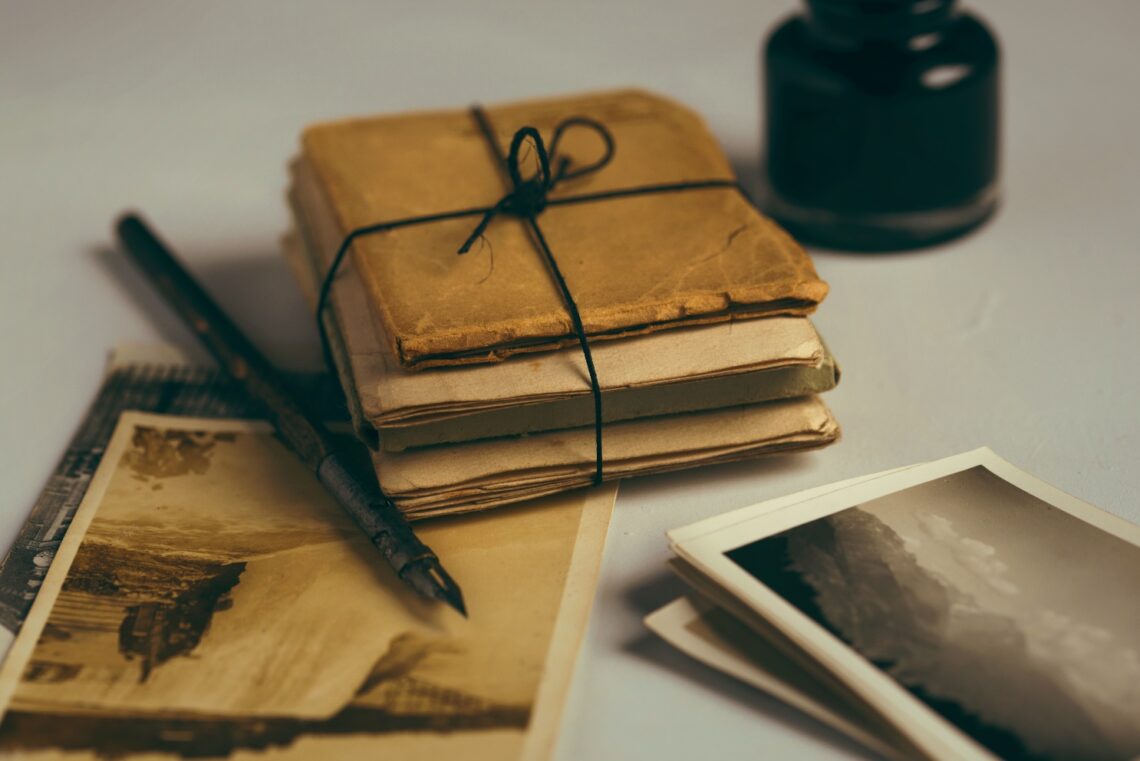Epistolary writing, a narrative form that unfolds through letters, diary entries, and other documents, offers a unique window into the hearts and minds of characters. Imagine a story told not through traditional narrative but via a series of letters exchanged between characters, or the intimate revelations of a diary. This approach to storytelling allows readers to delve deeply into the personal experiences and inner thoughts of the characters, offering a level of intimacy that other narrative forms might struggle to achieve.
Historically, epistolary writing has held a significant place in literature. It has been a way for writers to explore the nuances of character relationships and societal norms, all while engaging the reader in a personal and direct manner. From the classic romantic woes in Jane Austen’s Lady Susan to the piercing societal critiques in Bram Stoker’s Dracula, epistolary writing has been used to not only tell a story but also to connect with the reader on a deeply personal level. This form of writing brings a certain authenticity to the narrative, making the characters’ struggles and triumphs feel all the more real.
The Charm and Challenge of Epistolary Writing
The unique appeal of epistolary writing lies in its ability to offer deep insights into the characters’ inner worlds. Through letters or diary entries, characters express their most intimate thoughts and feelings, often with a level of honesty they might not display in spoken dialogue. This format allows readers to feel a direct connection with the characters, as if they’re privy to their private correspondences or innermost thoughts. It creates a sense of immediacy and intimacy, making the emotional journeys of the characters more impactful.
However, crafting a compelling story through epistolary writing comes with its own set of challenges. One of the most significant is maintaining a consistent and distinct voice for each character. When multiple characters are communicating through letters or diary entries, each must have a unique voice that reflects their personality, background, and circumstances. This requires a delicate balance and a deep understanding of each character.
Another challenge is developing a coherent and engaging storyline through what can often seem like fragmented pieces. Unlike traditional narrative forms, where a storyteller guides the reader through the plot, epistolary writing relies on the reader piecing together the story from various accounts. The writer must carefully plot out how each document or entry contributes to the overall narrative, ensuring that the story unfolds in a way that is both intriguing and easy to follow.
Despite these challenges, epistolary writing remains a powerful tool in a writer’s arsenal. When done well, it can transform a simple story into an immersive and emotionally rich experience, drawing readers into a world of private revelations and profound insights.
Techniques for Effective Epistolary Writing
To master epistolary writing, creating distinct voices for each character is crucial, especially when the story involves multiple correspondences. This can be achieved by paying close attention to each character’s language style, word choice, and tone. A young character might use more informal, colloquial language, while an older, more educated character might lean towards a formal and polished style. These nuances in writing not only differentiate the characters but also add depth and realism to their portrayals.
Building a cohesive narrative arc within the format of letters and diary entries can be challenging, but it’s essential for maintaining the readers’ engagement. One strategy is to carefully plan the sequence of entries or letters to ensure they build upon each other, gradually revealing key plot points. This requires meticulous plotting, ensuring that each piece contributes to the larger narrative while still holding its own weight in the story.
Maintaining continuity is also vital in epistolary writing. This can be tackled by keeping track of timelines and ensuring that the dates and events mentioned in different correspondences align. It’s also important to maintain consistency in characters’ perspectives and knowledge about events, as discrepancies can confuse readers and disrupt the flow of the story.
The power of implied narrative is another potent tool in epistolary writing. Sometimes, what is left unsaid in a letter or diary entry can be as telling as what is explicitly stated. This can create intrigue and encourage readers to read between the lines, piecing together the underlying truths of the story. The use of subtle hints, the omission of key information, and the suggestion of secrets all add layers of mystery and depth to the narrative.
Incorporating these techniques can transform a series of letters or diary entries into a compelling, cohesive story. Effective epistolary writing invites readers into the intimate world of the characters, allowing them to uncover the plot in a way that feels personal and engaging.
Incorporating Modern Elements into Epistolary Writing
Adapting epistolary writing to the modern age opens up a realm of creative possibilities. The traditional format of letters and diaries can be expanded to include contemporary modes of communication such as emails, text messages, and social media posts. These modern tools not only reflect the way people communicate today but also offer new dynamics and immediacies in storytelling.
Emails and text messages, for instance, can convey a sense of urgency and spontaneity. They are often less formal and more stream-of-consciousness than traditional letters, which can lend authenticity to the characters’ voices. Social media posts, on the other hand, can reveal a character’s public persona, contrasting with their private self as shown in personal correspondences or diary entries. This juxtaposition can add depth to character development and offer insights into the discrepancies between a character’s public and private lives.
Modern epistolary novels have successfully integrated these elements. For example, some stories are told entirely through emails and text messages, mirroring the fast-paced, interconnected world we live in. These narratives capture the essence of contemporary life, with its complexities and constant connectivity, in a format that feels familiar and relatable to the reader.
By incorporating these modern forms of communication, writers can bring a fresh perspective to epistolary writing, making it more relevant and accessible to contemporary audiences. It allows for the exploration of current themes and issues through a format that resonates with the digital age, while still retaining the intimacy and personal touch that characterizes traditional epistolary writing.
Final Thoughts
Epistolary writing, with its unique use of letters, diaries, and other personal documents, offers a special way to tell a story. It’s like getting a peek into someone’s private world, which can be both fascinating and revealing. This style allows readers to really get into the characters’ heads, understanding their thoughts and emotions intimately.
For writers, this format is worth experimenting with. Mixing old-fashioned letter writing with modern forms like emails or texts can add an interesting twist to storytelling. It’s a chance to play around with different voices and perspectives, making stories feel fresh and engaging.
At its heart, epistolary writing is about creating a personal connection with the reader. Whether it’s through a bundle of old letters found in an attic or a series of text messages between friends, this approach can turn a simple story into something more engaging and relatable. It’s a reminder that sometimes, the way a story is told can be just as important as the story itself.




No Comments